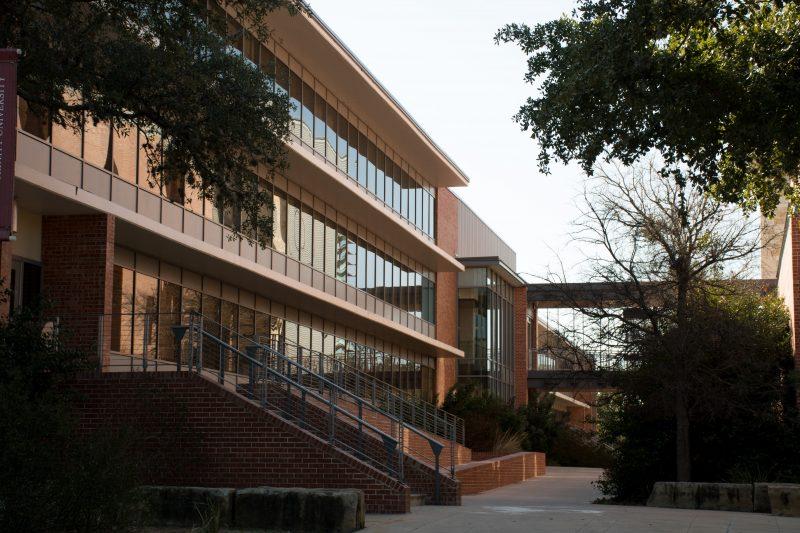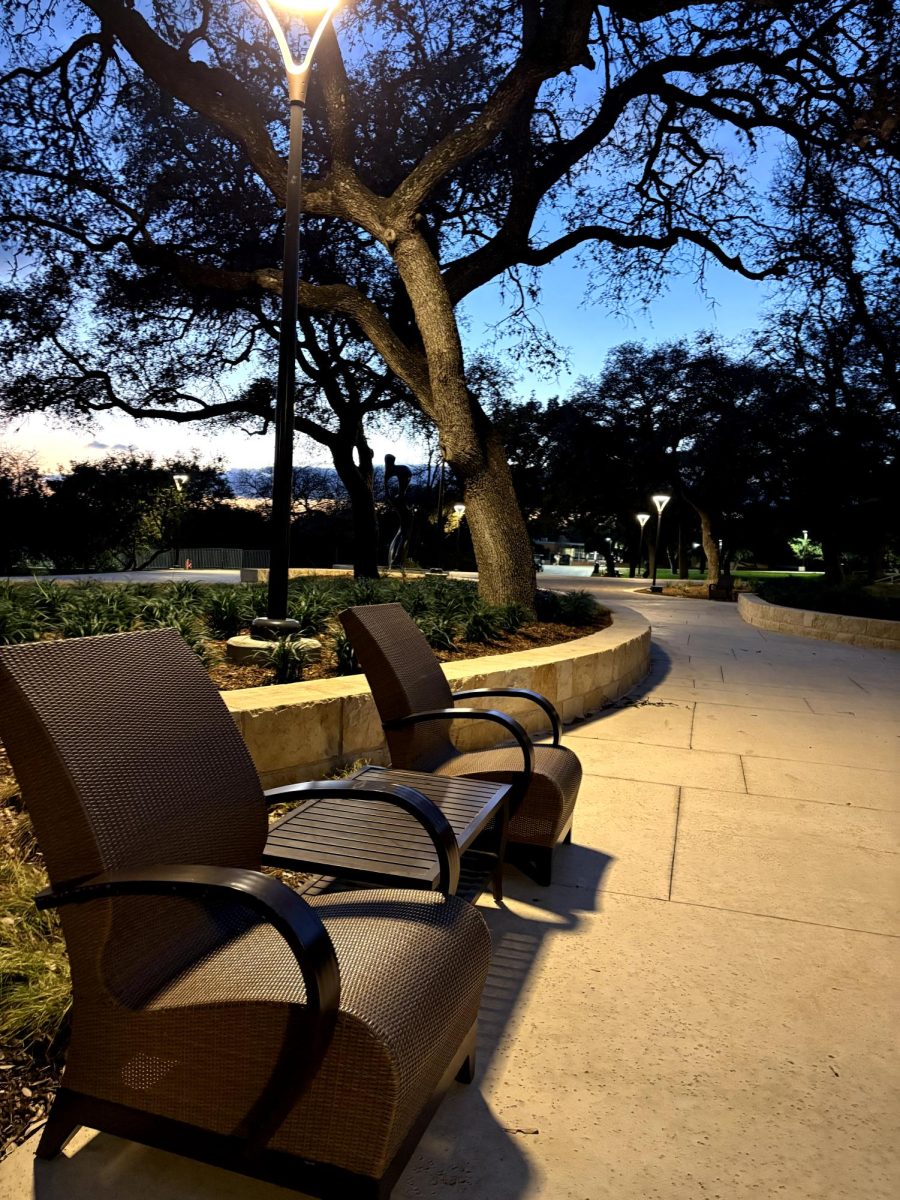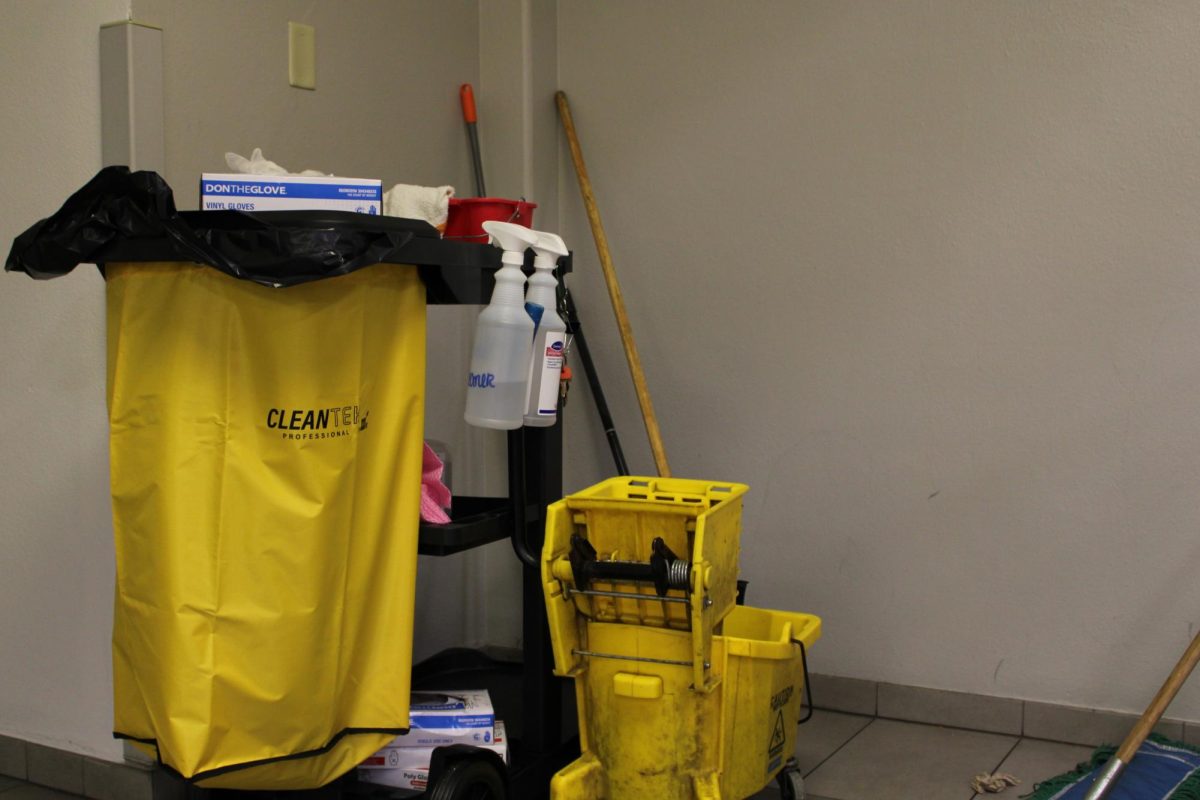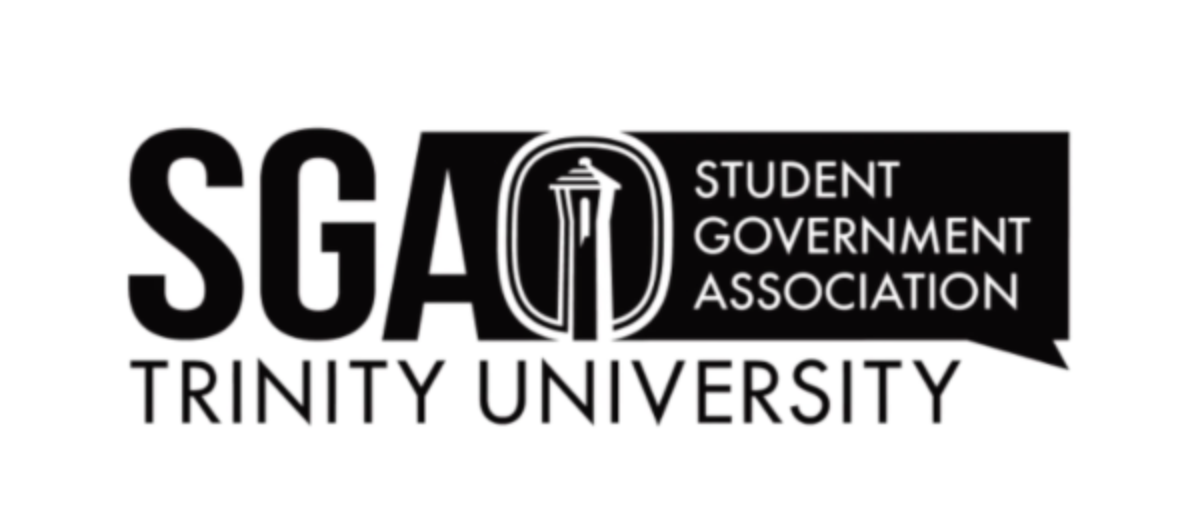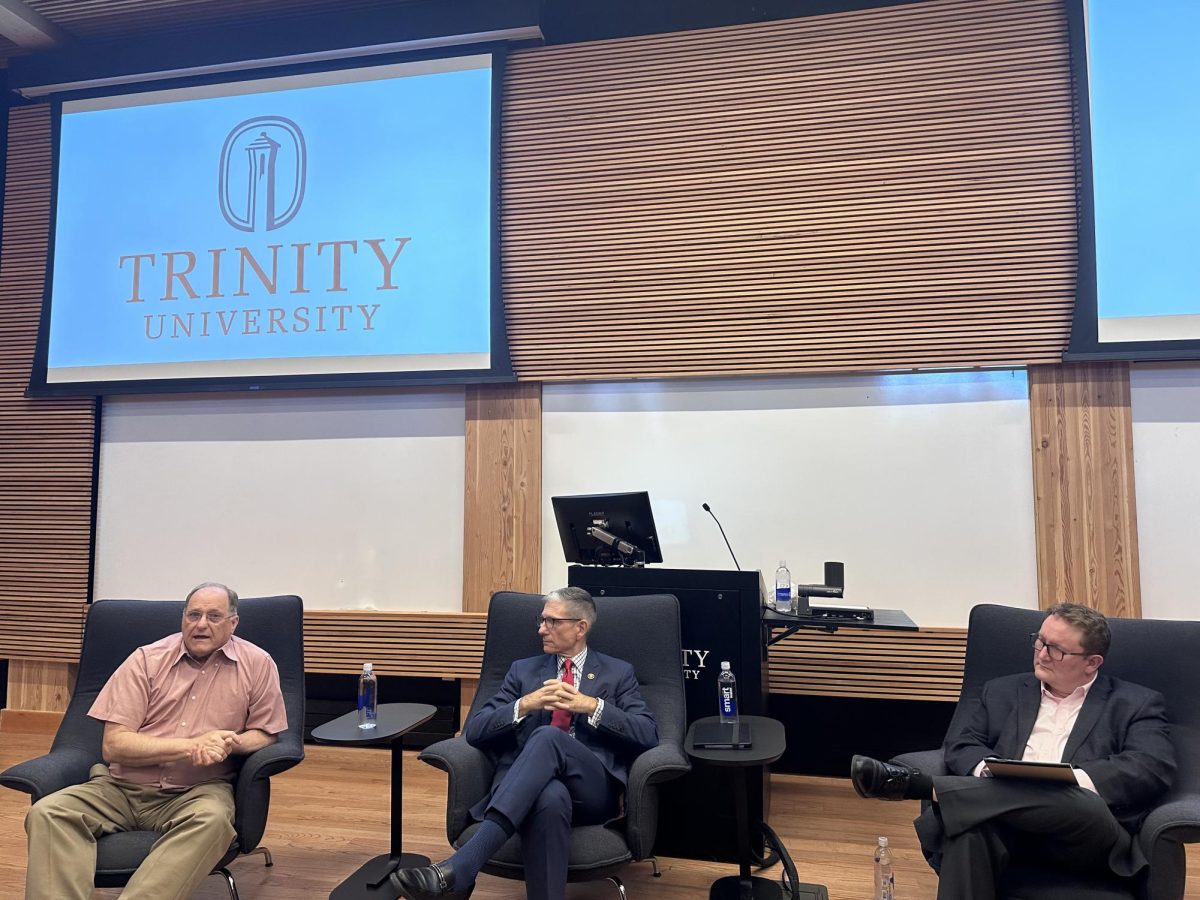Over the past four years, prospective students’ interest in attending Trinity University has risen at a rate not even Eric Maloof, vice president for enrollment management, could have predicted.
“We have seen a major uptick in early decision applications, which is the highest sign of affinity that a student can show for Trinity,” Maloof said. “It’s a student who, if they get in, will scrap their college search and are bound to attend Trinity.”
Justin Doty, director of Admissions, noted that early decisions applications have increased.
“For the first time ever, we are over 100 early decision acceptances, which is more than 40 more [compared to] the same time last year,” Doty said. “You can spend your whole career in Admissions and never see this type of movement.”
Doty isn’t just referring to early decision applications. According to statistics shared by the Admissions office, the number of applications is estimated to reach at least 8,600 this year, including planned admission of 3,000 students. That would result in a 35 percent acceptance rate, the lowest in recent memory.
Maloof also emphasized the strength of recent classes, noting that because Trinity is seeing more applications, the high school statistics of recent classes have improved as well. In our New Student Orientation issue, we highlighted the strength of the incoming class of 2021.
“The average SAT in this admitted student class is a 1380, and the average in the class of 2021 was a 1330,” Maloof said. “We’re getting more applicants, the right type of applicants, and they’re really interested in Trinity.”
Doty said students and their families are visiting more than they have in the past, as well.
“At this time in the application cycle last year, we had approximately 200 fewer applicant visits, or students who did apply to Trinity. We have also seen about 100 more of our admitted students visit this year, which is a good indicator of their interest.”
Maloof added that visit program attendance has been on the rise as well.
“We’ve broken our own records for a lot of the Trinity in Focus events we’ve held this year,” Maloof said. “We keep shattering our own attendance numbers, especially with those admitted students and their families.”
Both Doty and Maloof attribute a lot of the rise in interest to Strategic Communications and Marketing (SCM). Formerly called University Marketing and Communications, the connection between admissions and SCM was emphasized by all involved, including Michelle Bartonico, director of SCM.
“We underwent a restructuring two and a half years ago to strengthen our connection to the Admissions office,” Bartonico said. “We’ve gotten more bold, not just in our strategies, but in who we are and what we’re doing.”
Maloof attributes Admissions’ success to this reinvigorated push.
“Starting with the class of 2019, we became aggressive with our marketing and recruiting strategies,” Maloof said. “We really think that we are getting Trinity the attention that it deserves to receive.”
Furthermore, Maloof added that Trinity’s recruitment strategy is very targeted.
“Admissions and marketing are working together to identify the right students and communicating with them in very effective and powerful ways that highlight the benefits and merits of a Trinity education,” Maloof said.
Bartonico agreed and shared how the strategy for marketing really focuses less on a shotgun approach to recruitment, instead focusing on getting the right student who will appreciate what Trinity has to offer.
“We want to provide not something for everyone, but something for the right type of student for Trinity,” Bartonico said.
Even though application numbers have been increasing, both Doty and Maloof emphasized that the goal is not to increase incoming class sizes.
“All of this demand is not with the intent of growing the student body,” Maloof said. “The goal has been 640 students in a first-year class. The increased demand will not change the fabric of the university — the class sizes, the connections that students form with professors — none of that will change in any noticeable way.”
Another area of focus for Admissions has been on international students. While the number of international students attending Trinity has remained the same, more applications are being received from outside the United States.
“The international applicant pool has grown for each of the last 15 years,” Maloof said. “This year, we’re on pace for close to 1,000 applications from international students. However, we’re following the national trend of fewer international students enrolling, despite admitting close to the same amount.”
Maloof also added that international students certainly are a focus of the admissions process. “We actually have three counselors whose job is to travel to international markets and recruit students to come to Trinity. … International and globally aware students are certainly a big part of any Trinity class.”
Both Doty and Maloof agree that a Trinity University education is meant for a specific student and that the goal of admissions is to match the right student to the right school.

